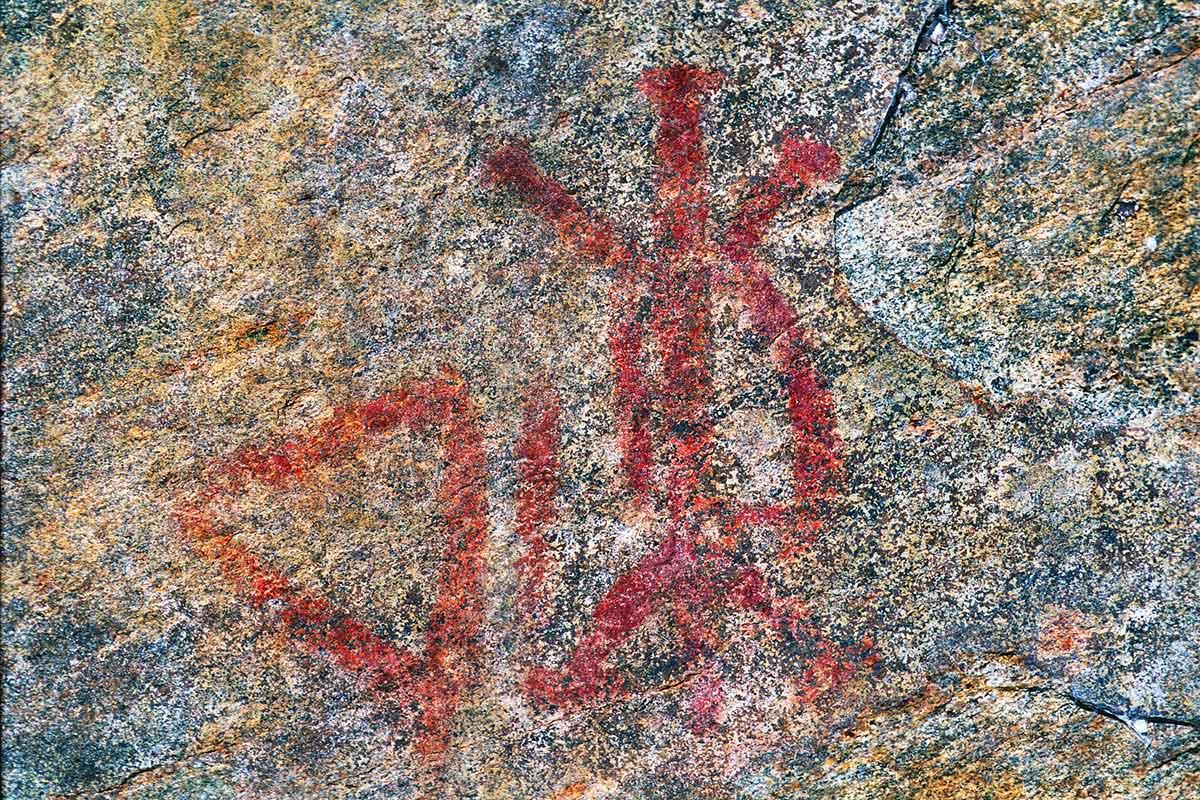La Mauricie National Park is known for its forests and fall colours/Parks Canada
Canadians who love La Mauricie National Park have until June 25 to weigh in on its future.
Parks Canada has launched "Your Dream Park" public consultations to renew the Quebec park’s management plan that will guide management measures and decisions for the next decade.
These plans are a legislative requirement under the Canada National Parks Act and guide the management of Parks Canada’s administered places. La Mauricie’s draft management plan is posted online and people are invited to comment on proposals to:
• Protect natural heritage and act to restore its integrity.
• Protect vestiges of the past and share stories.
• A diversity of experiences in all seasons, in a unique natural and cultural setting.
• A national park that is accessible and well-integrated to the regional community.
“La Mauricie National Park is the guardian of a splendid, authentic and wild nature,” reads the draft plan. “It offers a seemingly endless panorama of hills covered with forests whose colours change with the seasons. A constellation of majestic lakes, streams, waterfalls and rivers completes this landscape and makes it very attractive.”
An ongoing challenge is that most of the forested area was logged between the 1800s and 1970 until the park was created. The impacts on the forest, wetland and aquatic ecosystems are still felt today.

First Nations people have frequented the area in and around the park for thousands of years/Parks Canada
Established in 1970, La Mauricie protects 536 square kilometres (206 square miles) — the size of the island of Montréal — of the Precambrian region of the St. Lawrence River and the Great Lakes. It’s halfway between Montreal and Quebec City, boasts 150 lakes and rivers, and 93 per cent of it is covered by forest. It’s open year-round and saw almost 200,000 visitors in 2019 — up from 142,000 in 2009.
The area has been used by First Nations for thousands of years, and that's a story the park hopes to do a better job of telling.
From January to March 2019, Parks Canada held discussion sessions with partners, local stakeholders, First Nations representatives and various interested parties involved with the park or surrounding areas to feed into the reflection to develop the draft of the new management plan.
Then, to follow the guidance of public health authorities during the pandemic, follow-up engagement sessions were postponed and will now be conducted virtually.
“At the dawn of a new era for tourism and in a context where the conservation of our natural environments and cultural resources is becoming increasingly important, it is essential for the La Mauricie National Park team to know the public’s opinion on their vision of the park of tomorrow,” park director Geneviève Caron said in a news release. “This is why I am inviting the population to describe `Your Dream Park’ by participating in large numbers in this virtual public consultation.”
François-Philippe Champagne — Minister of Innovation, Science and Industry, and Member of Parliament for Saint-Maurice–Champlain — said national parks, historic sites and marine conservation areas are a source of pride the citizens of Mauricie. “Get involved so that the next park management plan will reflect a shared vision of what we want for this key tourism destination in our region,” he said.

La Mauricie has a diversity of flora and fauna, including wolves/Parks Canada
La Mauricie has a 63-kilometre (40-mile) parkway with multiple lookout points. There are three equipped campgrounds, backcountry offerings and two heritage lodges.
According to the draft management plan, La Mauricie mainly attracts adults without children (73 per cent of its visitors). Most visitors are from Quebec and other parts of Canada, although more Europeans come each year.
It’s home to dozens of species at risk, including the eastern wolf, wood turtle and several species of bats. The park wants to develop and implement a recovery plan for these species at risk, along with developing tools to measure the impact of climate change, continue ecosystem restoration programs and help people better understand the park's past.
While people know the park has hiking and biking trails, canoe routes and places to swim, kayak and fish, it wants to attract more people in fall and winter and share car-free travel experiences. There are cross-country ski, showshoe and Nordic walking trails.
“The national park should be positioned to enable it to stand out from similar offers,” concludes the draft management plan.



Add comment